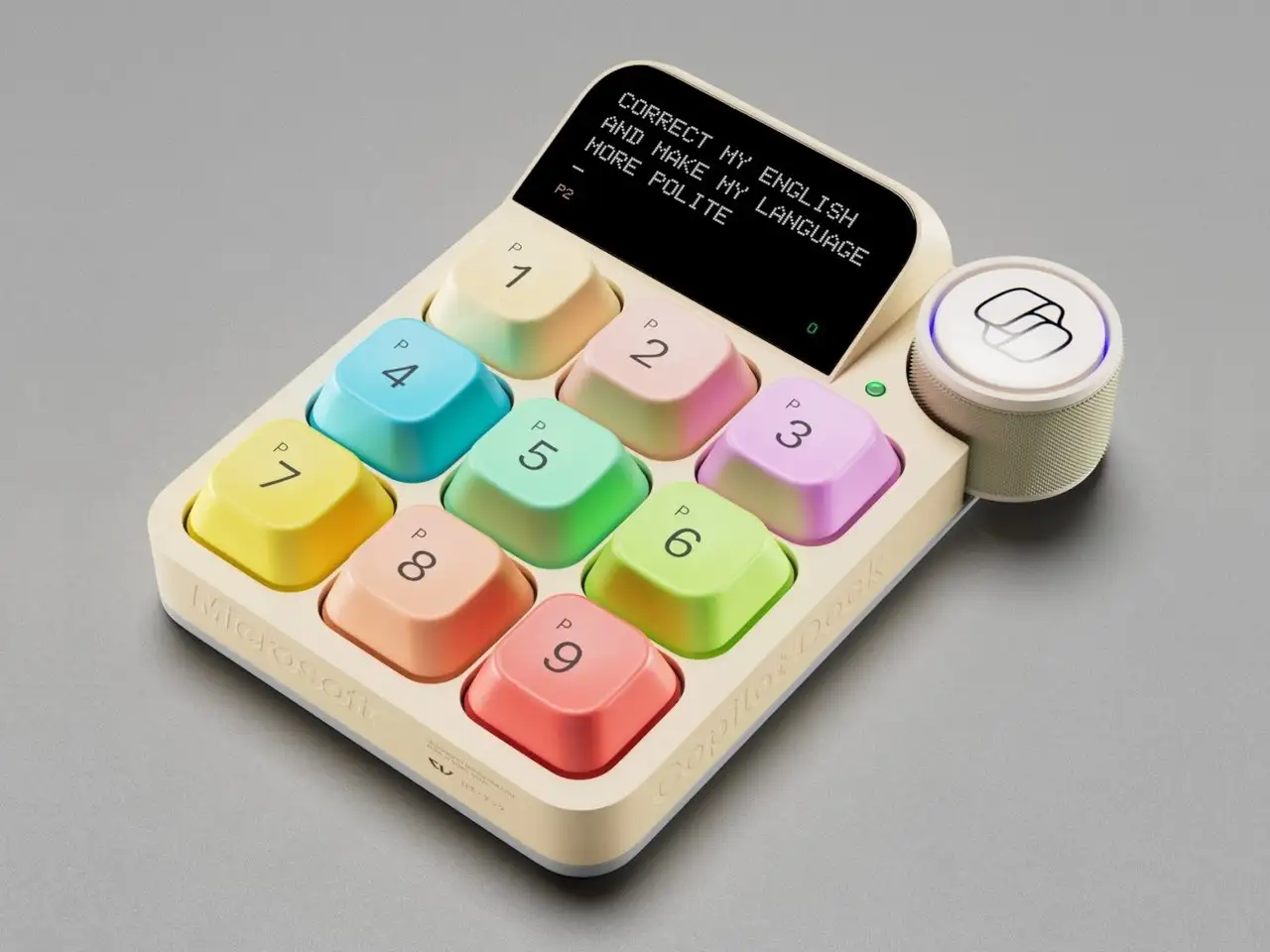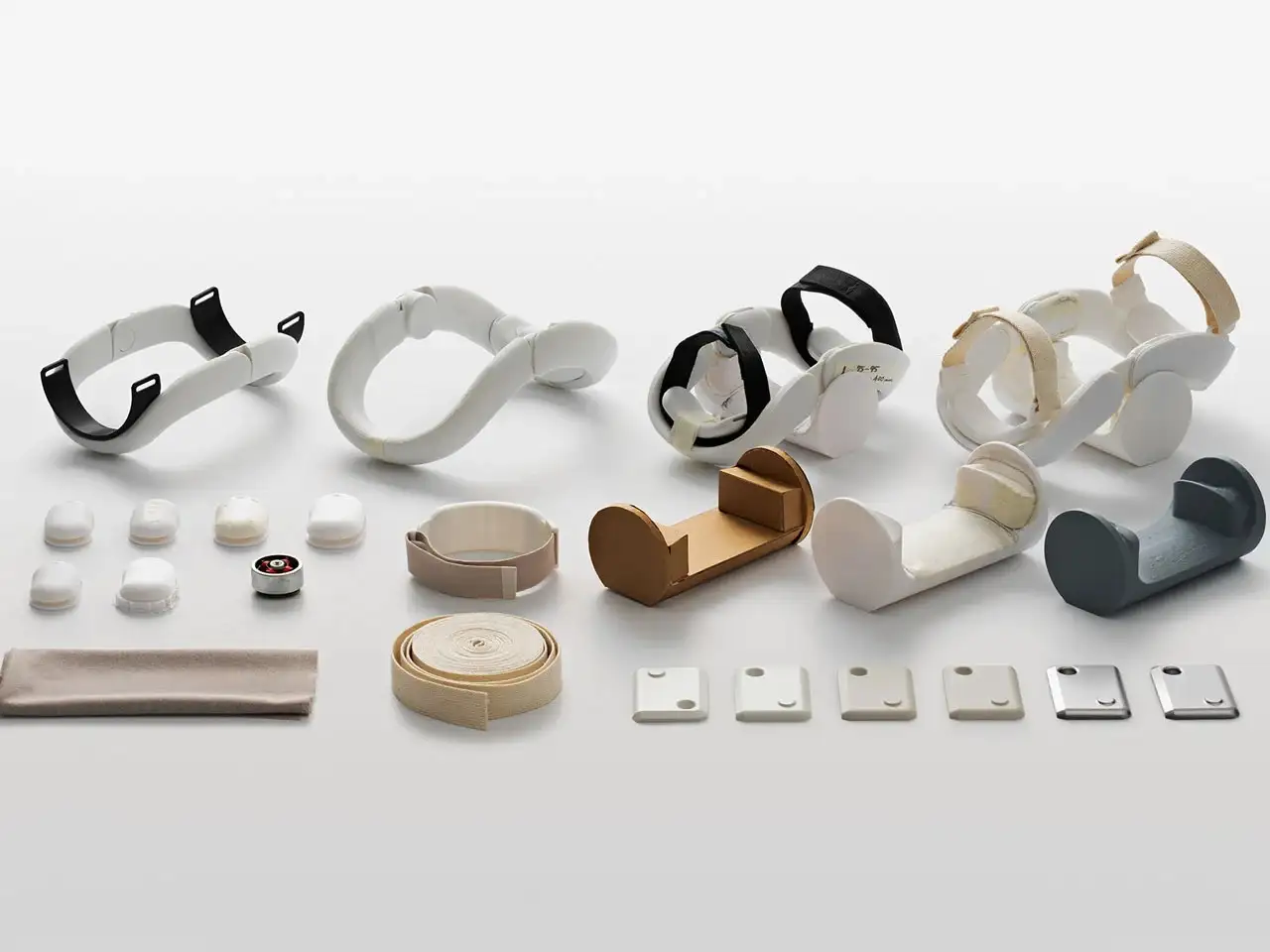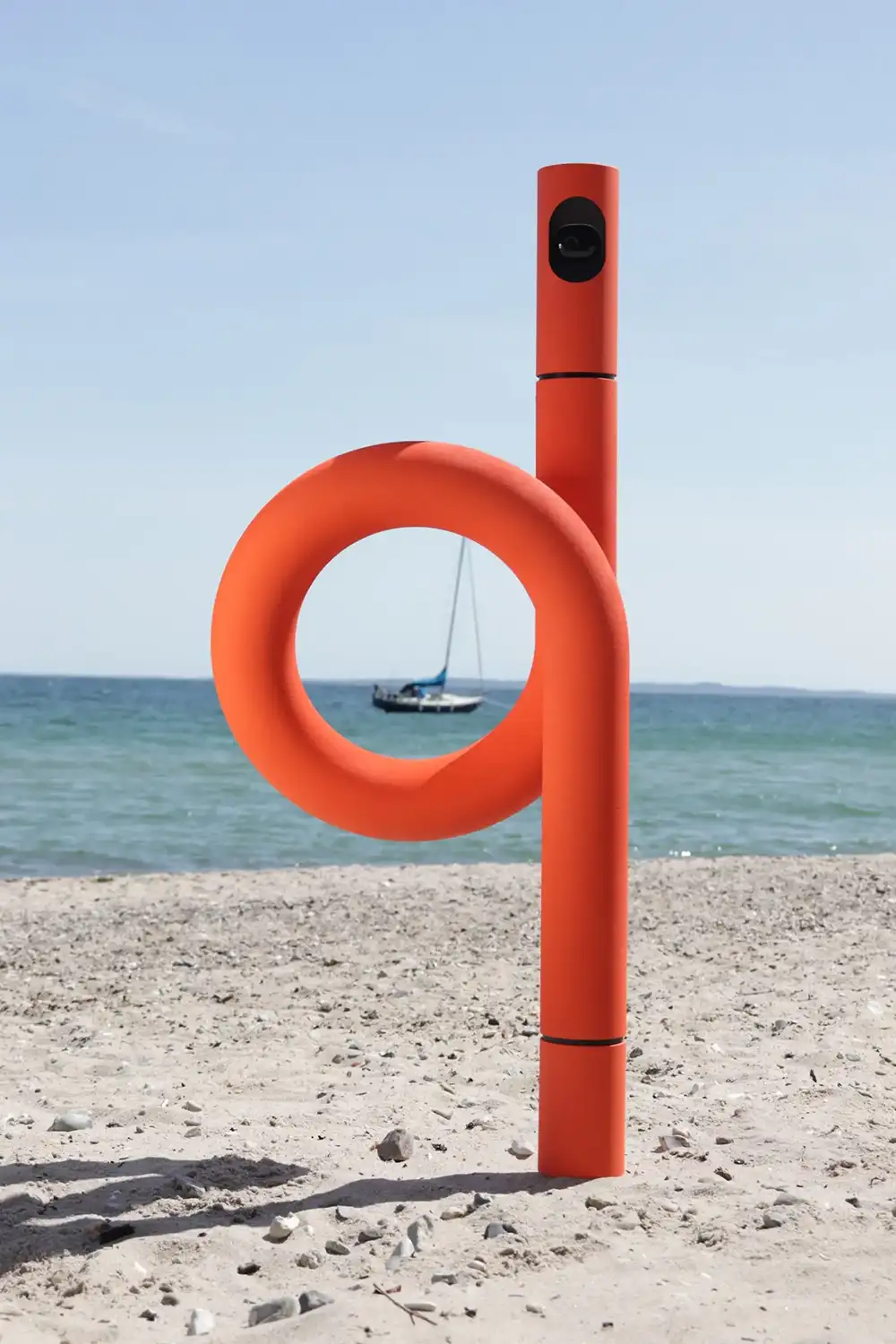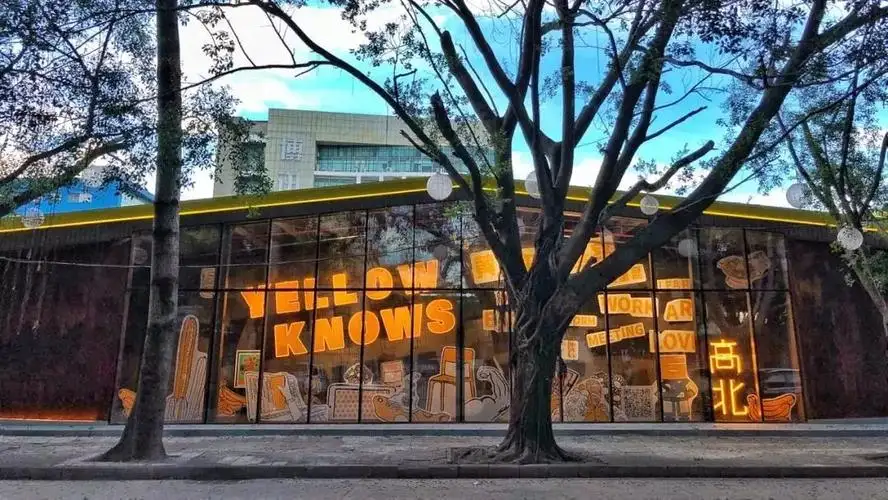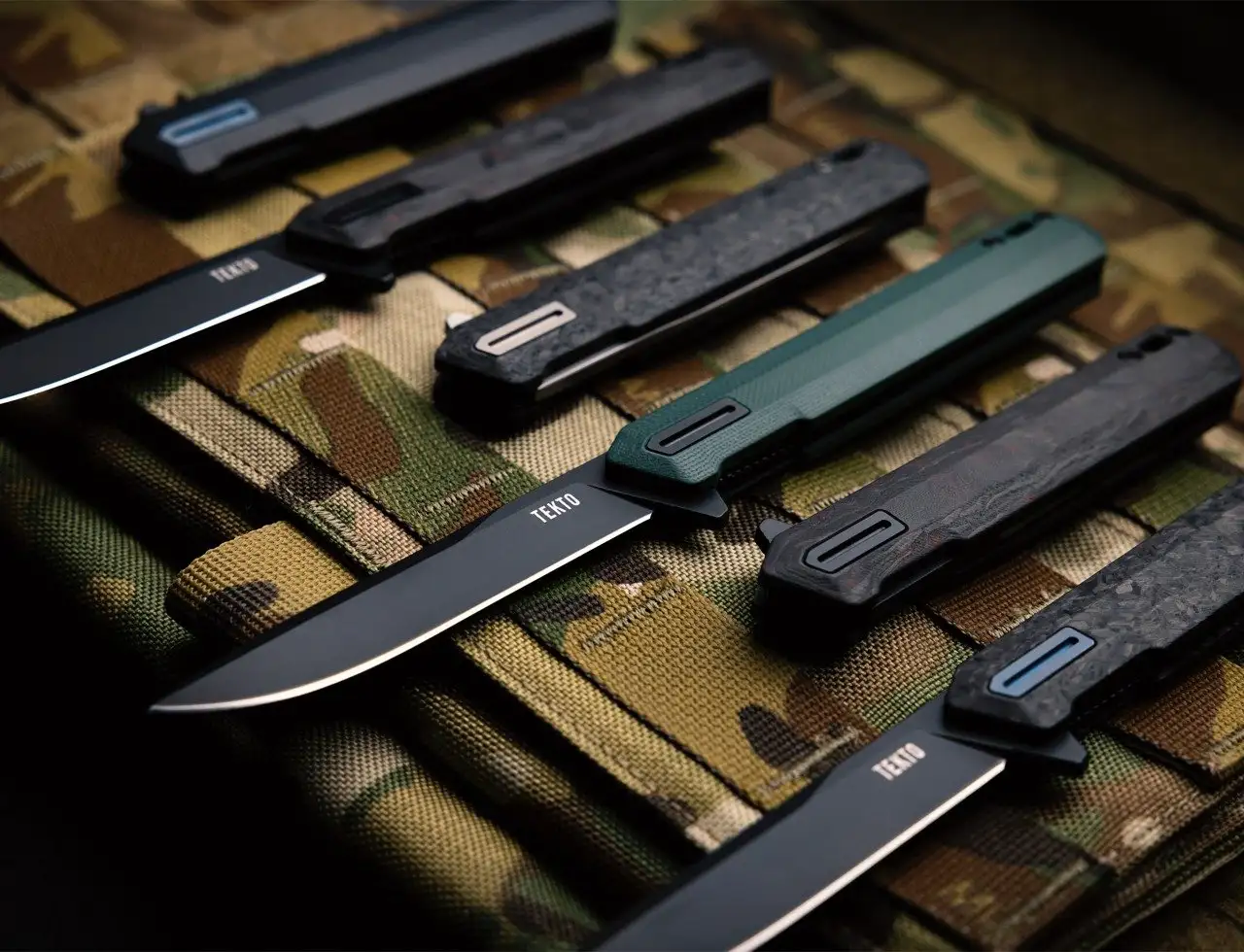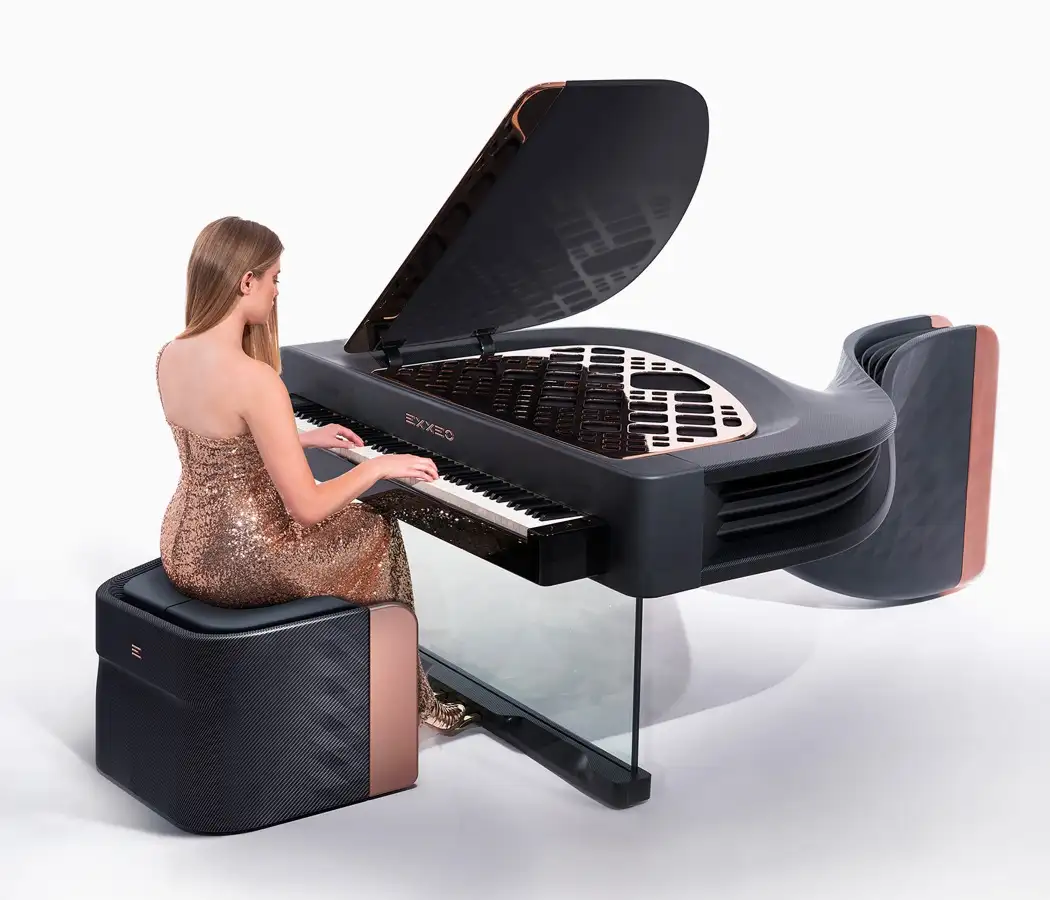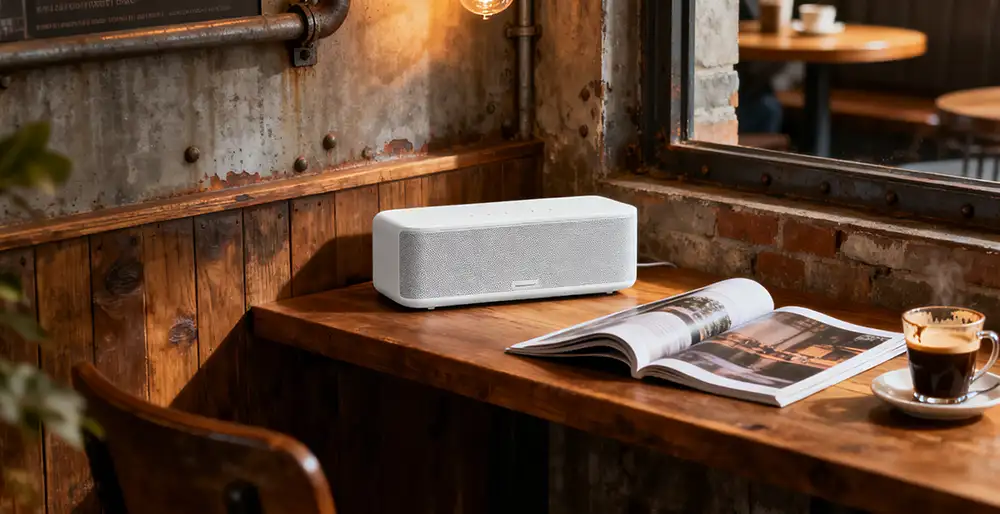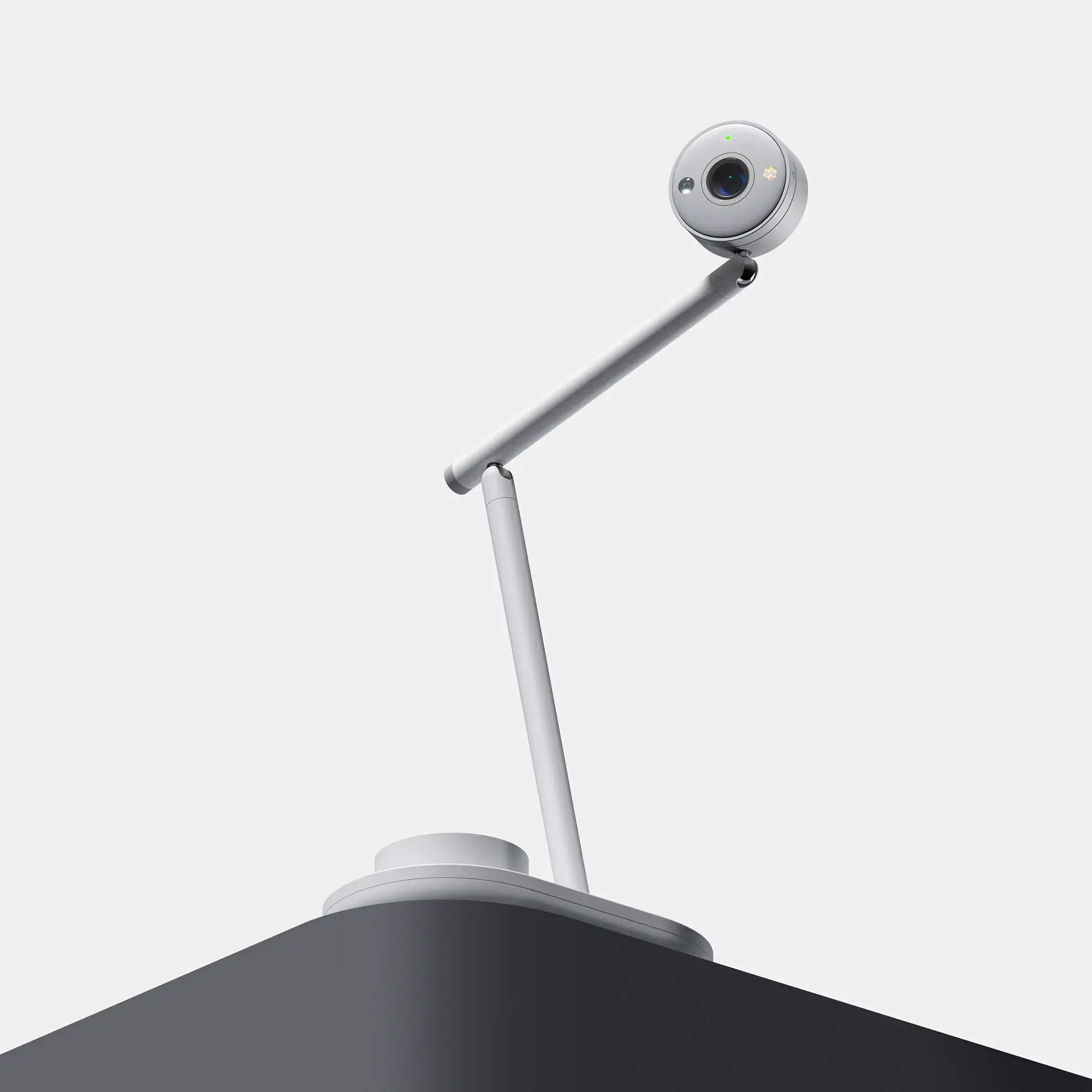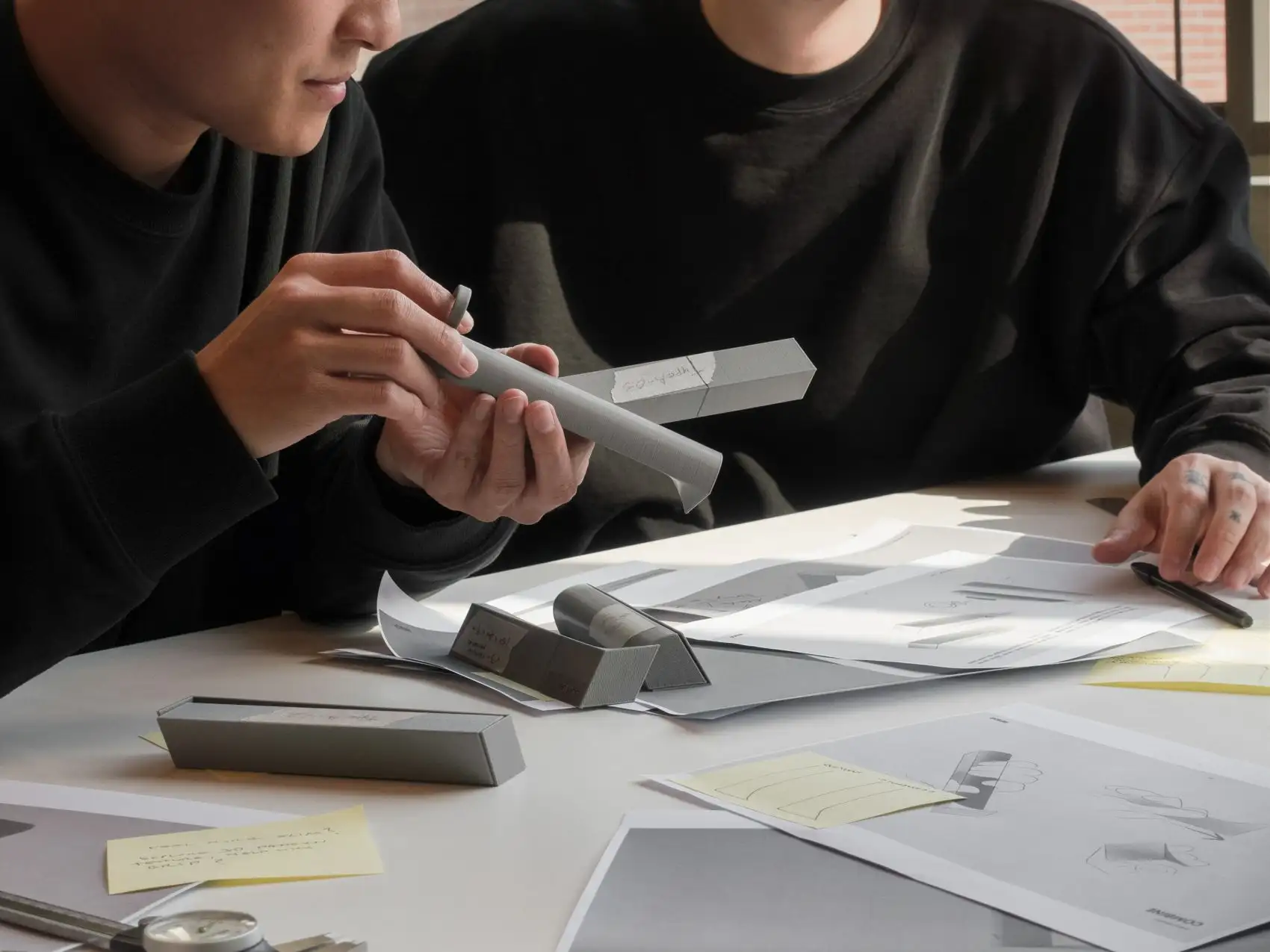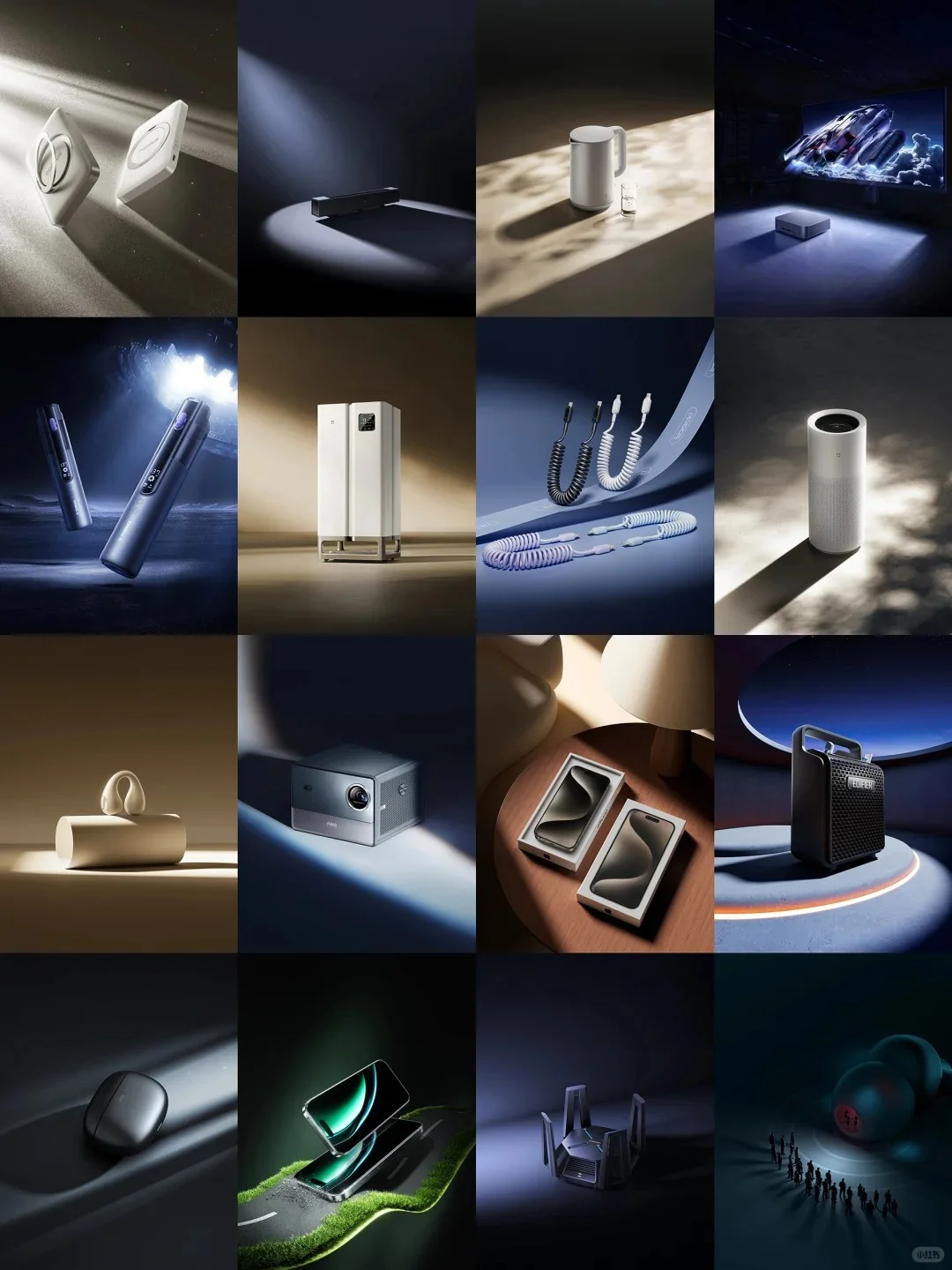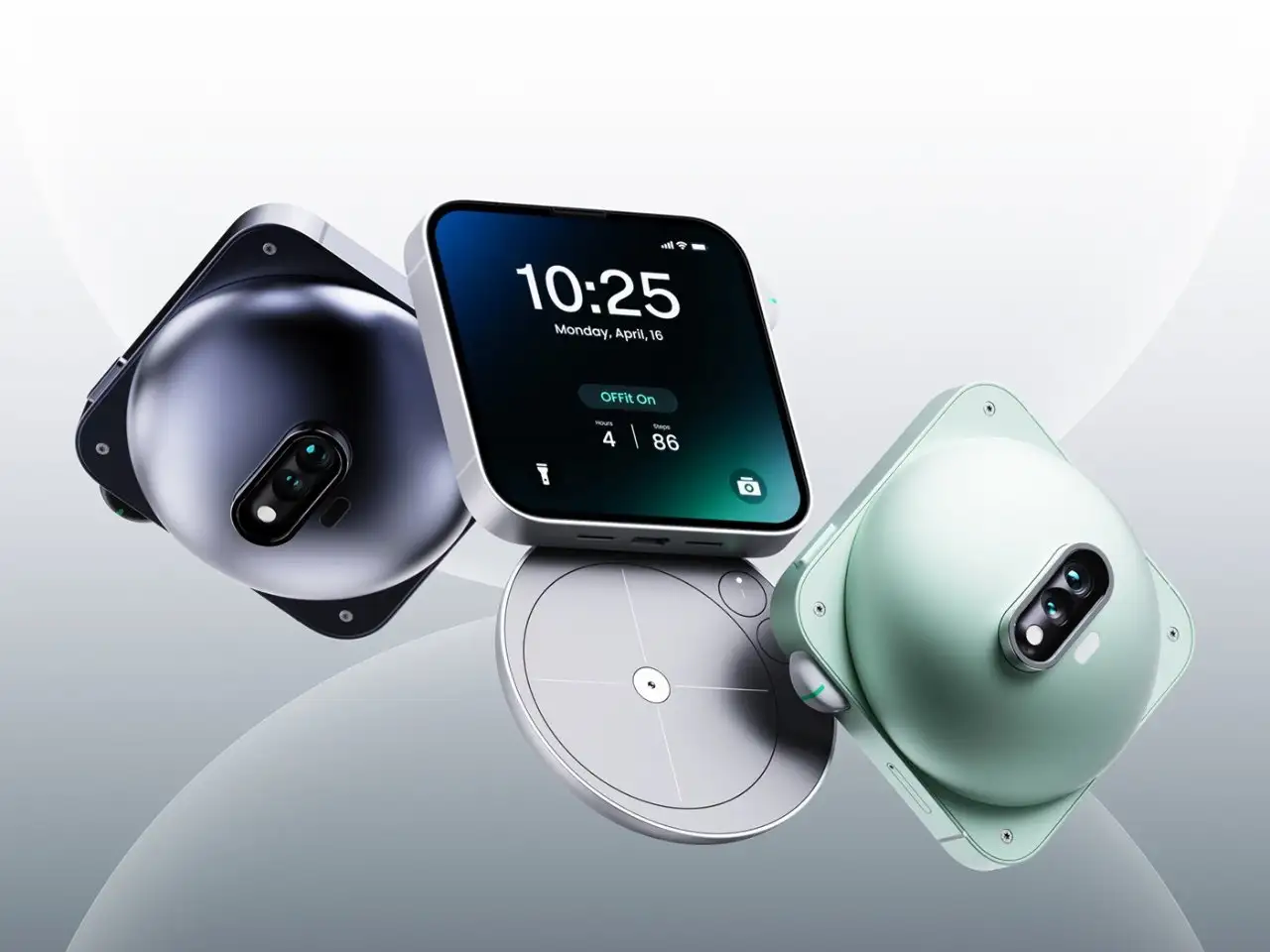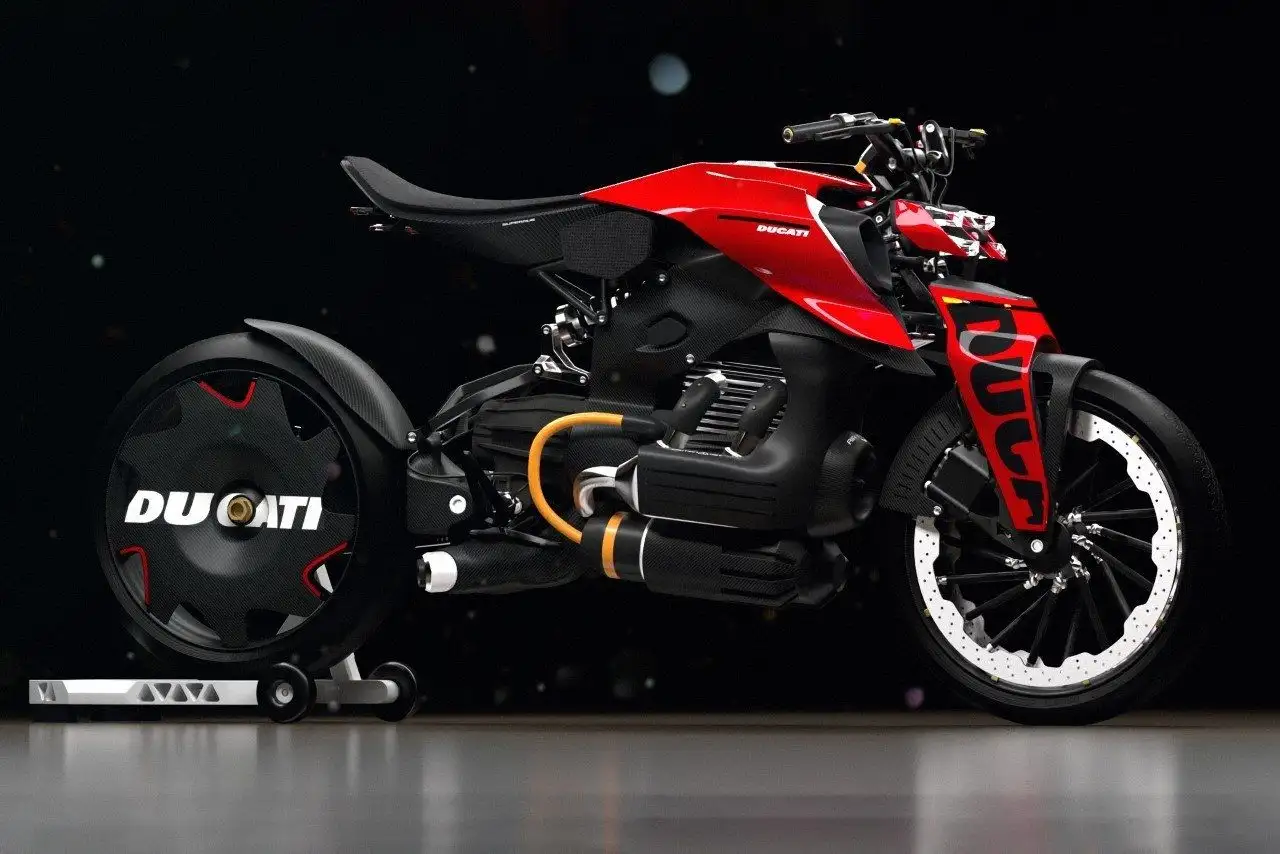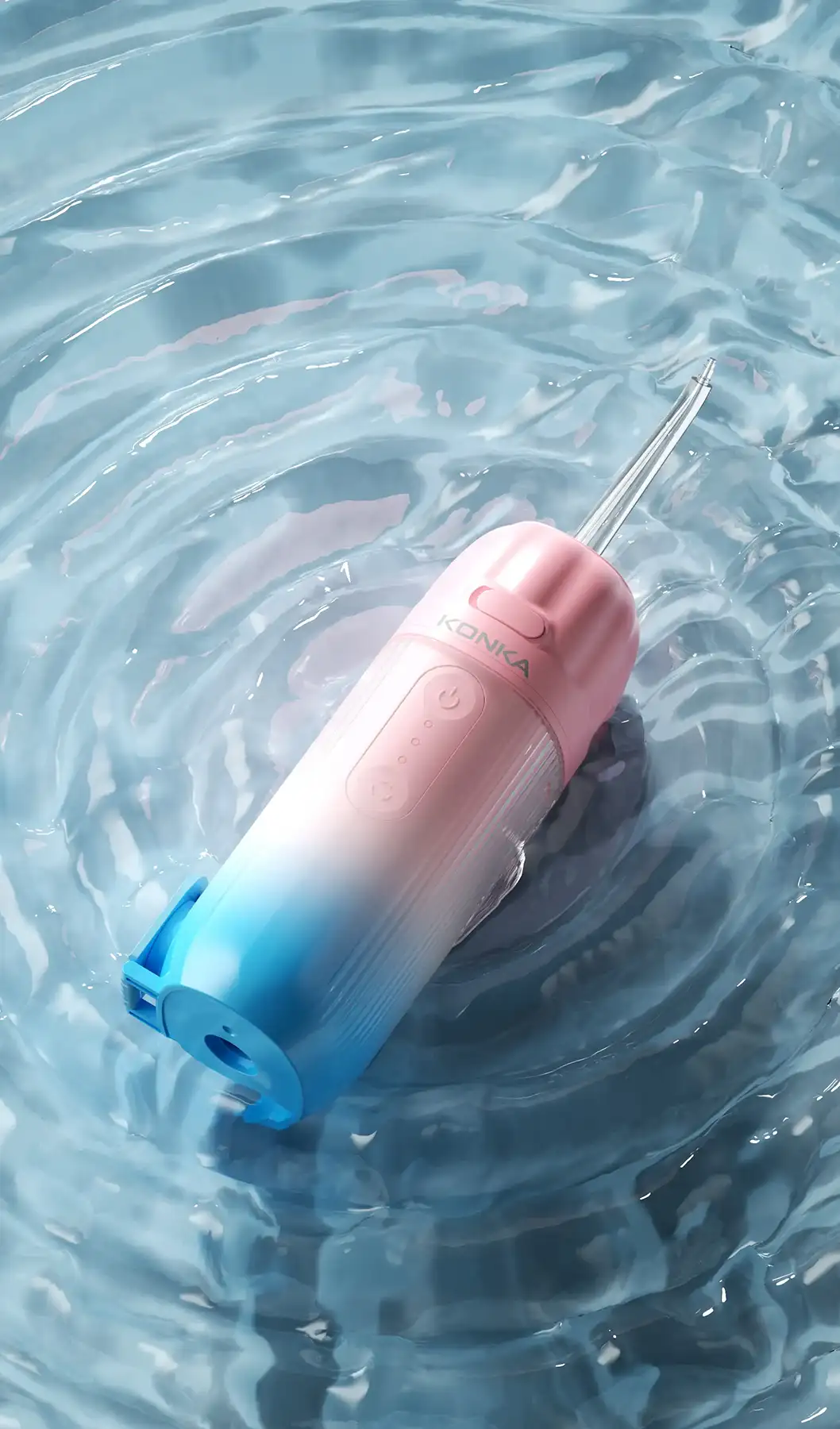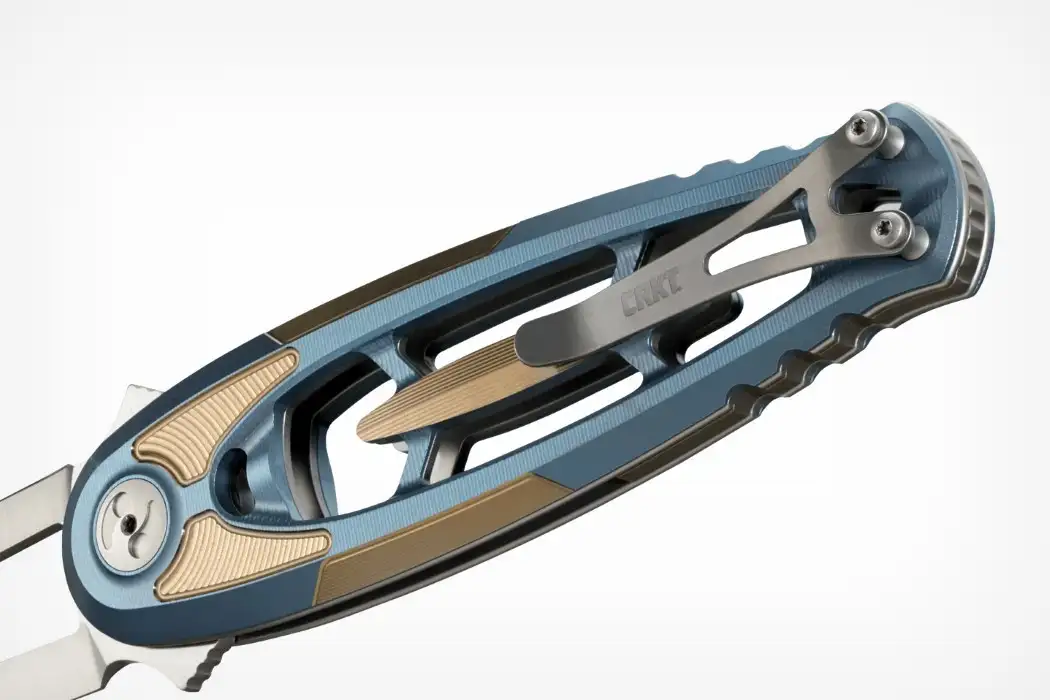NINEIDEA:作为一个在工业设计行业摸爬滚打了20年的“老油条”,我发现很多设计师画图建模得心应手,一写产品设计文案就抓耳挠腮——要么把文案写成“功能说明书”,要么满篇“极简美学”、“人性化设计”之类的空话,客户看完直皱眉头:“这东西到底能解决什么问题?”
今天就用我的真实经历,聊聊工业设计中写文案的“人话”法则。记住,好的设计文案不是文字游戏,而是用文字给你的设计“装翻译器”,让客户、供应链、消费者都能一眼看懂你的创意价值。
一、写文案前先搞清楚:你在给谁“讲故事”?
我刚入行时犯过一个错:给某家电品牌写空气净化器文案,洋洋洒洒写了几百字讲“纳米级过滤技术”,结果被项目经理打回:“你觉得妈妈们会关心滤芯的孔径是0.1微米还是0.3微米吗?她们只关心孩子过敏时,这台机器能不能当晚就让卧室空气变干净。”
核心逻辑:设计文案的本质是“翻译”——把设计师的专业思维,翻译成目标人群的需求语言。
- 面对客户(甲方爸爸):重点讲“商业价值”——你的设计如何降低生产成本、提升市场竞争力。比如我做儿童餐具设计时,文案会强调“可拆卸硅胶奶嘴设计,比传统结构减少3个组装工序,量产成本降低15%”。
- 面对消费者:聚焦“使用场景”——用痛点+解决方案+情感共鸣勾住他们。举个例子,我曾为一款老人手环写文案,没提“心率监测”,而是写:“凌晨3点起夜时,手环自动亮起柔光小灯;血压异常时,它会先震动提醒你,再悄悄给子女发消息——就像住在身边的贴心儿女。”
- 面对供应链:突出“落地细节”——材料、工艺、尺寸等实操信息。比如“外壳采用食品级ABS材质,表面做哑光咬花处理,手感温润不打滑,注塑模具需预留0.3mm收缩率”。
二、设计文案的5个“灵魂要素”,缺一不可
- 用一句话说清“设计核心理念”
别小看这一句,它是整个文案的“锚”。我习惯用“关键词+场景+价值”公式,比如:
- 给智能园艺花盆写的核心理念:“让零基础小白也能种活玫瑰——自动浇花+光照提醒,把阳台变成永不凋谢的小花园。”
- 给残障人士设计的餐具核心理念:“单手也能稳稳端住的汤碗——弧形防滑柄+重心下沉设计,每一口都吃得有尊严。”
- 把“用户痛点”掰碎了揉进文案
先问自己:这个设计解决了什么“麻烦”?是让妈妈冲奶粉时不用反复试水温?还是让程序员久坐时腰椎不酸痛?
举个真实案例:我做过一款“防打翻宠物碗”,文案里没提“防滑底座”“加重设计”,而是写:“你有没有试过凌晨起来,踩一脚满地猫粮的崩溃?这只碗被猫扒拉时会像吸在地上一样稳,连调皮布偶猫都推不动——从此不用再跟在猫屁股后面收拾残局。”
- 卖点要“可感知”,拒绝假大空
“高颜值”“高性能”都是无效表达,换成“莫兰迪色系搭配圆弧边角,放在客厅像件装饰品”“充电1次续航7天,出差再也不用带充电器”,哪个更有画面感?
我曾帮某品牌优化扫地机器人文案,把“智能路径规划”改成“遇到地毯自动加大吸力,沙发底缝隙也能钻进去——连床底积了3年的灰尘都能扫出来”,结果客户反馈消费者咨询量提升了40%。
- 用“场景化描述”让读者“代入使用”
人类天生对故事敏感,与其罗列参数,不如“演”一段使用场景。比如写办公椅设计:
× 普通版:“3D可调节头枕,贴合颈椎曲线。”
√ 场景版:“加班到深夜时,往后一靠,头枕刚好托住你酸痛的后颈——就像有人轻轻帮你捏了捏颈椎,连打哈欠都能舒舒服服伸个懒腰。”
- 数据能救命,但要“翻译”成人话
“过滤效率99.97%”听起来很厉害,但消费者可能没概念。不如加一句:“相当于把足球场那么大空间的空气,过滤得只剩一粒沙子那么大的杂质。”
我在写医疗设备文案时更谨慎,会用“经500次开合测试无故障”“通过10万次按键寿命测试”这类数据,但一定会补上:“每天用10次,能用27年——比医院一台设备的服役周期还长。”
三、我的“三段式”写作模板,新手直接套
第一段:用“痛点暴击”勾住读者
“你有没有发现,家里的调料瓶总是越用越脏?倒油时瓶口挂着油滴,每次做饭台面都黏糊糊,擦都擦不干净——直到我设计了这个‘不挂油调料罐’。”
第二段:拆解“设计如何解决问题”
分点讲核心设计点,每个点配一个场景化说明:
1. 鸭嘴式导流口:倒完油自动回流,瓶口永远干干净净——哪怕孩子帮忙拿调料,也不会弄得到处是油。
2. 刻度线+磁吸瓶盖:想放多少克盐一目了然,瓶盖“咔嗒”一吸就合上,再也不用担心受潮结块。
3. 倾斜30°瓶身弧度:单手就能轻松拿起,关节炎老人也能稳稳握住——我奶奶80岁了,现在都抢着用这个罐子。
第三段:升华“情感价值”或“使用愿景”
“一个好的调料罐,不该只是厨房工具,更该让做饭变成一件轻松的事。当你不用再为清理瓶口油垢烦恼,当孩子也能帮你打下手,当老人用得顺手露出笑容——这就是我做这个设计的初心。”
四、避坑指南:这3种错误新手最容易犯
1. 堆砌专业术语:除非面对工程师,否则别写“注塑工艺”“CMF设计”,换成“摸起来像婴儿奶嘴一样软的硅胶把手”“三种莫兰迪配色,跟你家装修风格随便搭”。
2. 贪多求全:一个产品最多突出3个核心卖点,否则读者记不住。我曾见过某文案列了12个功能,最后客户反馈:“看完啥都没记住。”
3. 忽略“负面场景”:比如写户外电源,别只说“2000W大功率”,加上“下雨天露营也能安心用,机身防水等级IPX5,泼盆水上去都不影响工作”,打消用户潜在顾虑。
五、最后聊聊“真诚感”——设计文案的底层逻辑
在工业设计行业这些年,我参与过从0到1的产品研发,见过太多“为了设计而设计”的方案。其实写文案和做设计一样,核心都是“共情”:
- 如果你是妈妈,想想自己给孩子挑玩具时最担心什么;
- 如果你是上班族,想想加班时最需要什么功能的办公产品;
- 如果你是老人,想想自己用智能设备时最怕什么操作。
去年我给一位视障用户设计盲文笔记本,文案里写:“封面的凸点盲文是‘我的笔记本’,翻开第一页,纸页摩擦声比普通本子更清晰——哪怕看不见,也能凭触觉和听觉找到属于自己的书写节奏。”后来收到用户反馈说:“这是我第一次觉得,有人真的在认真想‘我们需要什么’。”
这就是设计文案的意义:它不是漂亮的包装纸,而是设计与人心之间的桥梁。下次写文案时,不妨先问问自己:“如果我是用户,看到这段话会心动吗?会觉得‘这东西是为我量身定做的’吗?”
如果你想看看我其他的工业设计故事和分享,欢迎去www.nineidea.com翻翻看,里面藏着不少“从文案到产品落地”的故事。写作没有捷径,但多站在用户角度磨细节,你一定能写出让人“秒懂”又“心动”的设计文案。
(完)
作者后记:工业设计是“理性与感性的混血儿”,好的文案能让理性的功能设计长出感性的翅膀。下次聊聊“如何用文案说服甲方接受你的创意”,想看的话记得留意我的网站~
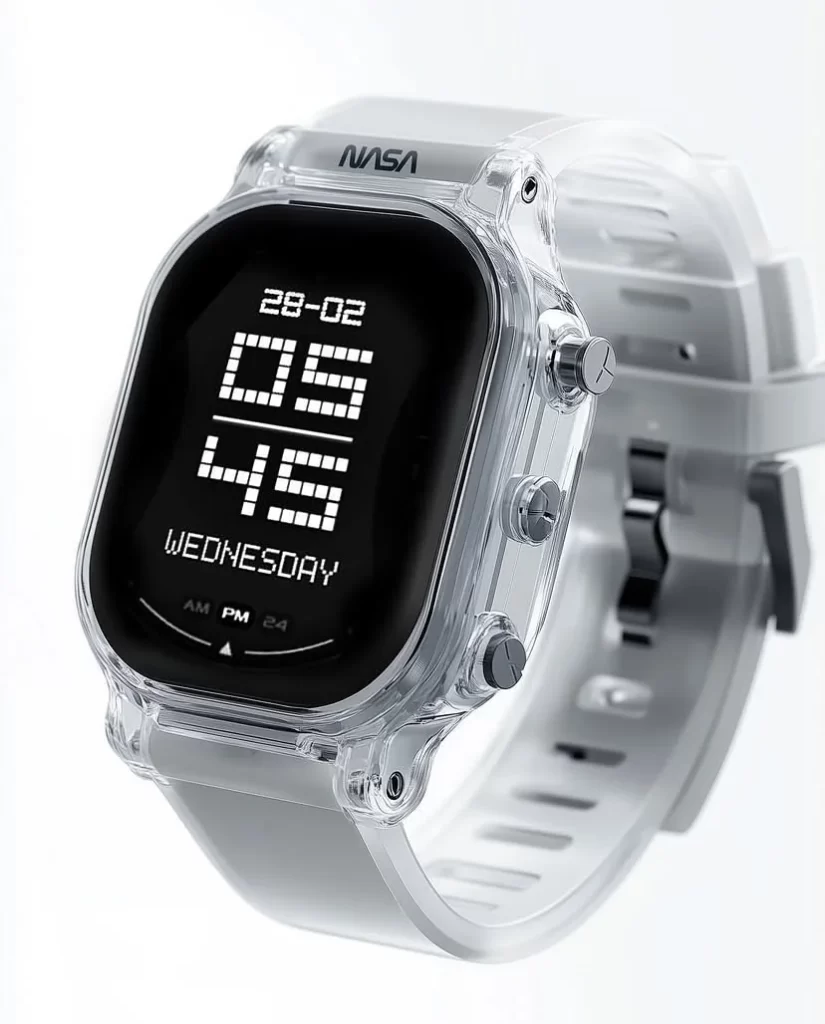

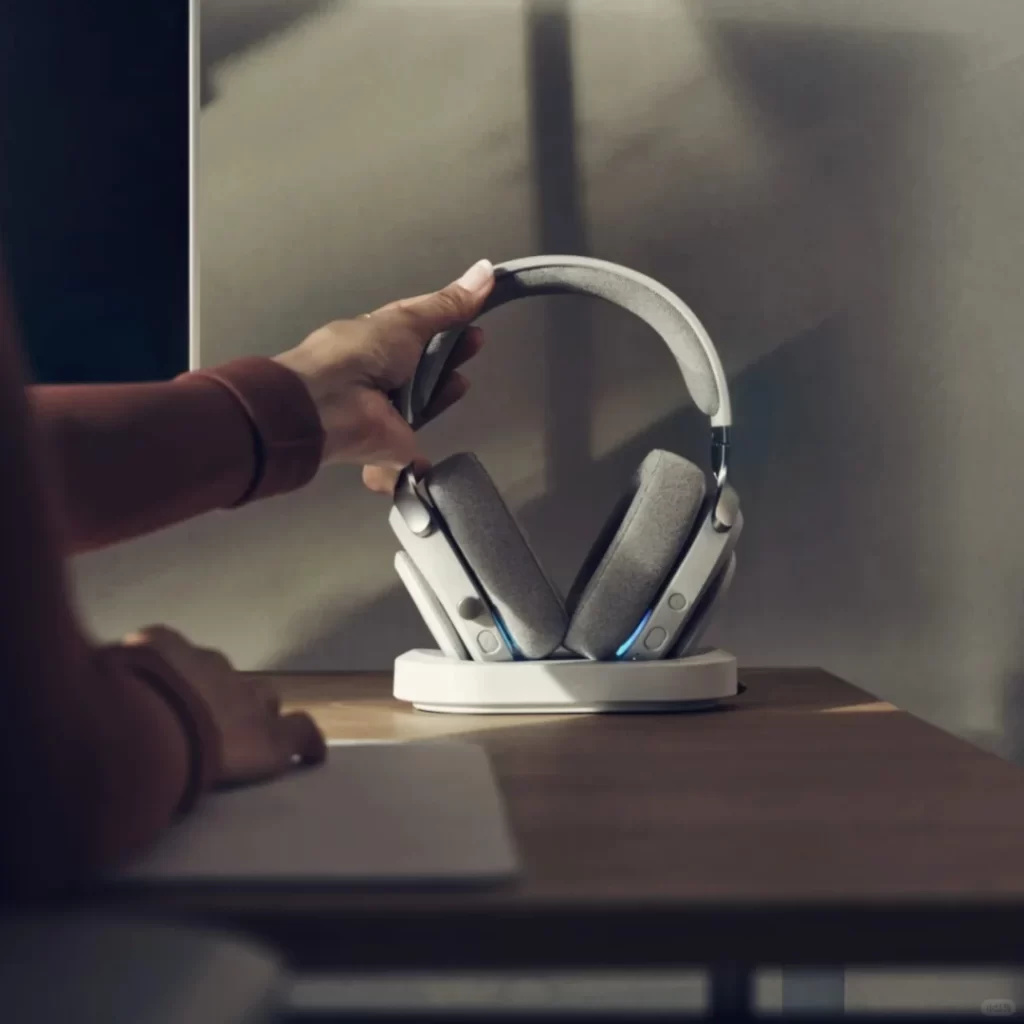
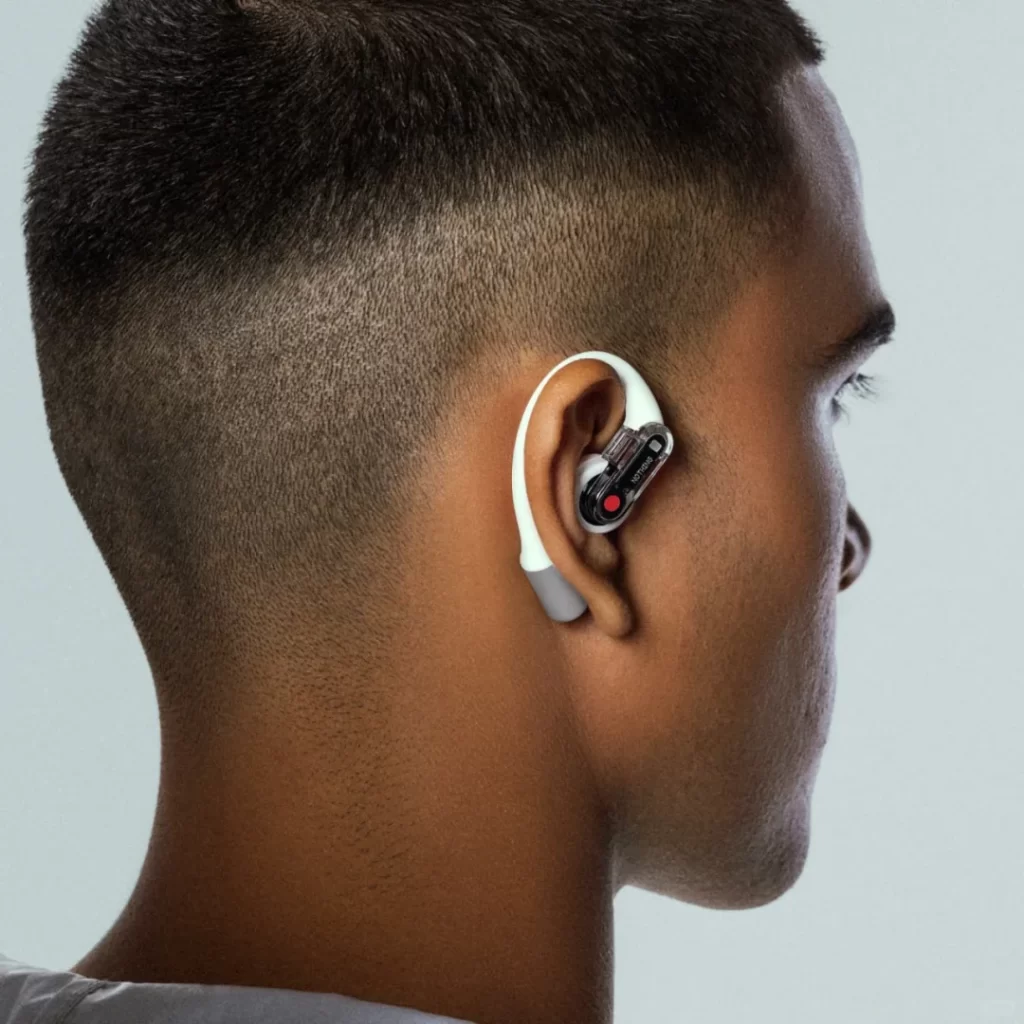
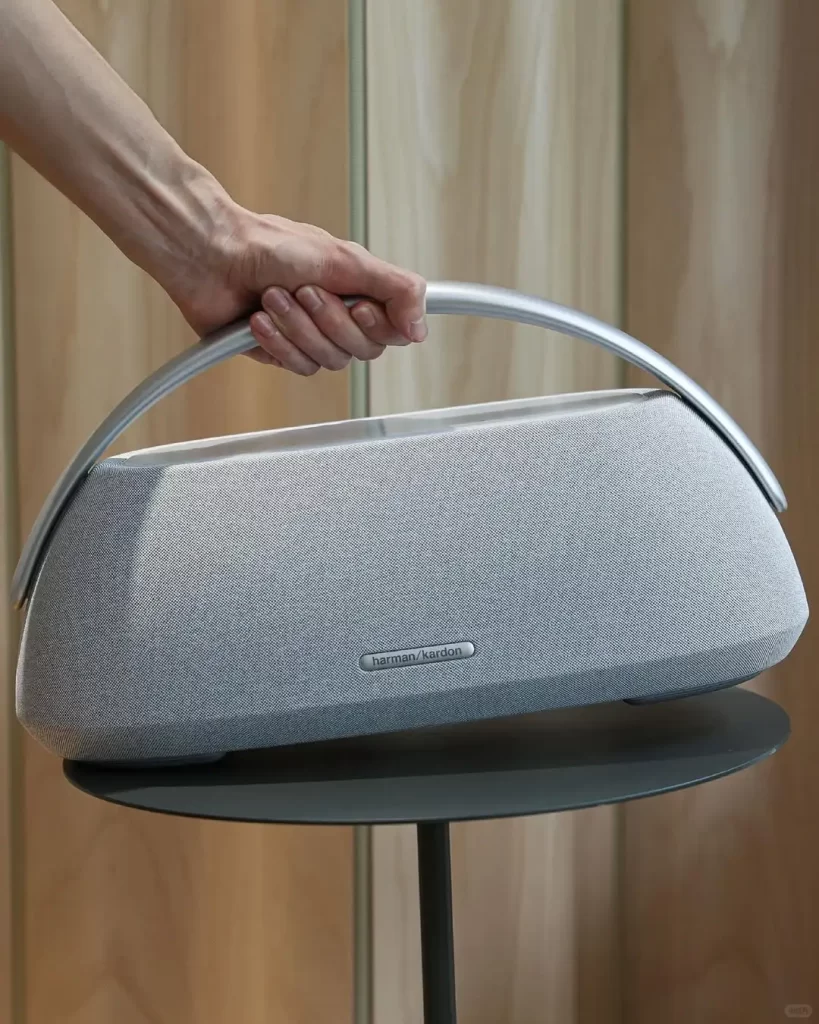
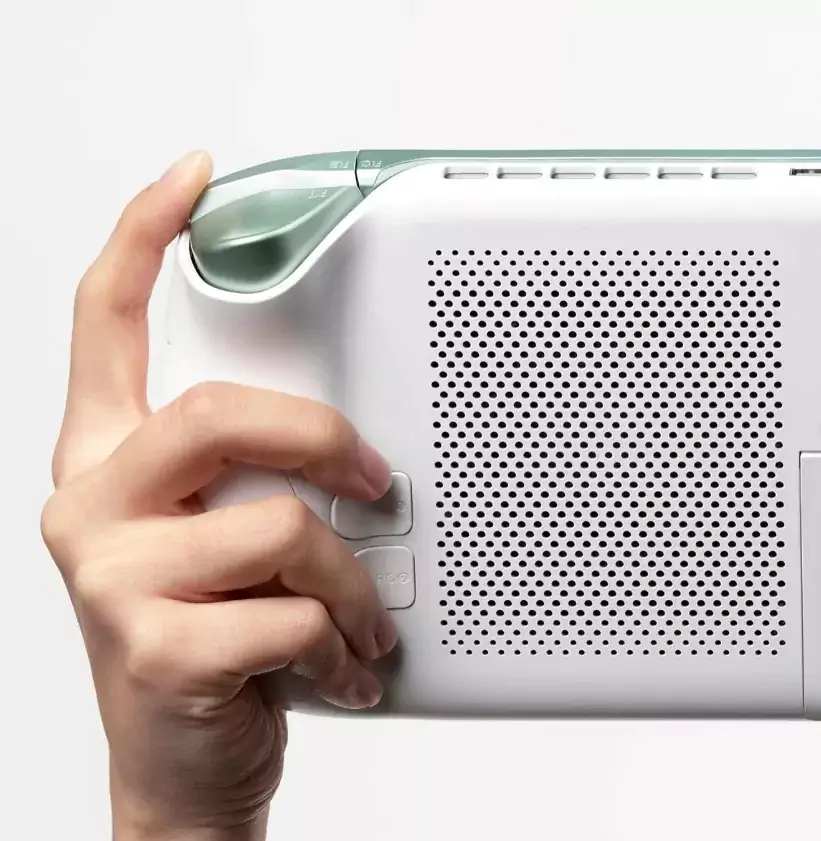
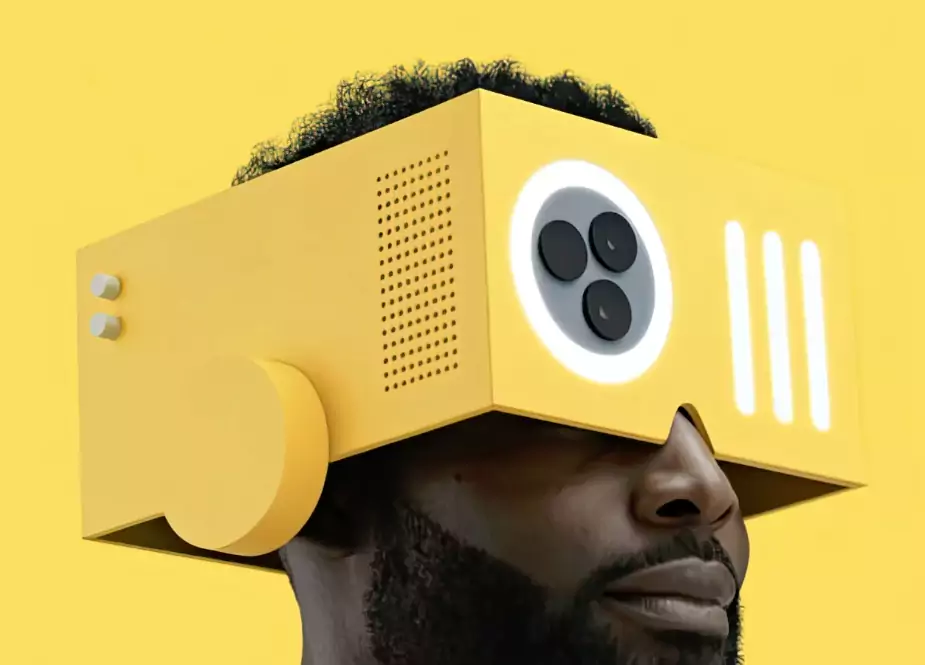
NINEIDEA:As an “old fogey” who has been struggling in the industrial design industry for 20 years, I found that many designers are skilled at drawing and modeling, and they scratch their heads when they write product design documents – either write them as “function specifications”, or fill them with empty words such as “minimalist aesthetics” and “humanized design”. After reading them, customers frown: “What problem can this solve?”
Today, I will use my real experience to talk about the “human language” rule of writing copy in industrial design. Remember, good design copy is not a word game, but a translation tool that uses words to “translate” your design, so that customers, supply chains, and consumers can all understand your creative value at a glance.
1、 Before writing a copy, clarify: Who are you ‘telling a story’ to?
When I first started in the industry, I made a mistake: I wrote a copy for an air purifier for a certain home appliance brand and wrote hundreds of words about “nano filtration technology”. However, the project manager replied, “Do you think mothers care about whether the pore size of the filter element is 0.1 microns or 0.3 microns? They only care about whether this machine can make the bedroom air clean that night when their child is allergic
Core logic: The essence of designing copy is “translation” – translating the designer’s professional thinking into the language of the target audience’s needs.
Facing the client (the father of Party A): Focus on “commercial value” – how your design can reduce production costs and enhance market competitiveness. For example, when I design children’s tableware, the text emphasizes the “detachable silicone nipple design, which reduces three assembly processes compared to traditional structures and lowers production costs by 15%”.
Facing consumers: Focus on “usage scenarios” – hook them up with pain points, solutions, and emotional resonance. For example, when I wrote a copy for an elderly wristband, I didn’t mention “heart rate monitoring,” but instead wrote: “When I wake up at 3am, the wristband automatically lights up with a soft light; when my blood pressure is abnormal, it will first vibrate to remind you, and then quietly send a message to my children – just like caring children living next to me
Facing the supply chain: highlighting the “landing details” – practical information such as materials, processes, dimensions, etc. For example, the shell is made of food grade ABS material, with a matte bite pattern treatment on the surface, providing a warm and non slip feel. The injection mold needs to reserve a 0.3mm shrinkage rate.
2、 The 5 ‘soul elements’ of designing copywriting are indispensable
In one sentence, clarify the ‘core design concept’
Don’t underestimate this sentence, it is the anchor of the entire copy. I am accustomed to using the formula of “keywords+scenario+value”, for example:
The core concept for smart gardening flower pots is: “Let even beginners with zero foundation grow living roses – automatic watering+light reminder, turn the balcony into a small garden that never withers
The core concept of tableware designed for people with disabilities: “A soup bowl that can be held steadily with one hand – curved anti slip handle+center of gravity sinking design, every bite is eaten with dignity
Break up the ‘user pain points’ and incorporate them into the copy
First ask yourself: What “trouble” does this design solve? Does it mean that mom doesn’t have to repeatedly test the water temperature when making formula? Or should programmers sit for long periods of time without causing back pain?
For example, I once made a “spill proof pet bowl”, but the copy did not mention the “anti slip base” or “weighted design”. Instead, it wrote: “Have you ever tried to collapse when you step on the cat food all over the ground in the early morning? When this bowl is pulled by a cat, it is as stable as sucking on the ground, even mischievous puppet cats cannot push it – from now on, you no longer have to follow behind the cat’s butt to clean up the mess
Selling points should be “perceptible” and reject false empty promises
‘High appearance value’ and ‘high performance’ are invalid expressions. If we replace them with ‘Morandi color scheme with rounded edges, placed in the living room like decorations’ or’ 7-day battery life after charging once, no need to bring a charger for business trips’, which one has more visual appeal?
I once helped a brand optimize the copywriting of a robotic vacuum cleaner, changing the “intelligent path planning” to “automatically increase suction when encountering carpets, and the gaps under the sofa can also be drilled in – even the dust accumulated under the bed for 3 years can be swept out”. As a result, customer feedback increased consumer inquiries by 40%.
Using ‘scenario based description’ to allow readers to ‘immerse themselves in usage’
Humans are naturally sensitive to stories, so instead of listing parameters, it’s better to “act out” a usage scenario. For example, writing about office chair design:
X Regular version: “3D adjustable headrest that fits the curve of the cervical spine. ”
Scenario version: “When working overtime until late at night, lean back and the headrest just supports your sore back neck – it’s like someone gently pinching your neck, even yawning can make you feel comfortable and stretch lazily
Data can save lives, but it needs to be ‘translated’ into adult language
The filtering efficiency of 99.97% may sound impressive, but consumers may not have a concept. It’s like filtering the air in such a large space as a football field until only impurities as big as a grain of sand remain
I am more cautious when writing medical equipment copywriting, using data such as “500 open and close tests without failure” and “100000 key life tests passed”, but I will definitely add: “Using it 10 times a day can last for 27 years – longer than the service life of a single device in a hospital
3、 My “three-stage” writing template, beginners can use it directly
The first paragraph: Use “pain point critical strike” to hook the reader
Have you noticed that the seasoning bottles at home always get dirtier with each use? When pouring oil, there are oil droplets hanging from the bottle mouth, and every time I cook, the countertop becomes sticky and cannot be wiped clean – until I designed this’ no oil seasoning jar ‘
Second paragraph: Disassemble “How Design Solves Problems”
Focus on the core design points and provide a scenario based explanation for each point:
- duckbill style guide port: After pouring the oil, it will automatically flow back, and the bottle mouth will always be clean – even if the child helps to get the seasoning, there will be no oil everywhere.
- Scale line+magnetic bottle cap: It is clear at a glance how many grams of salt you want to put in. The bottle cap “clicks” and closes immediately, so you no longer have to worry about moisture and clumping.
- Tilt the bottle body at a 30 ° angle: It can be easily picked up with one hand, and even elderly people with arthritis can hold it steadily – my grandmother is 80 years old and now she is eager to use this jar.
The third paragraph: Sublimating “emotional value” or “using vision”
A good seasoning jar should not only be a kitchen tool, but also make cooking an easy thing. When you no longer have to worry about cleaning the grease on the bottle mouth, when children can help you, and when the elderly can use it easily and smile – this is the original intention of my design
4、 Avoiding pitfalls guide: These 3 mistakes are the easiest for beginners to make
- Stacking professional terminology: Unless facing an engineer, do not write “injection molding process” or “CMF design”. Instead, use “silicone handles that feel as soft as baby pacifiers” or “three different Morandi colors to match your home decoration style”.
- Greed for more and completeness: A product can highlight no more than 3 core selling points, otherwise readers will not remember. I once saw a copywriter list 12 functions, and the customer feedback was, “I didn’t remember anything after reading it
- Ignore “negative scenarios”: for example, when writing about outdoor power sources, don’t just say “2000W high power”, add “can be used with peace of mind even in outdoor camps on rainy days, the waterproof level of the body is IPX5, and splashing water on it won’t affect work”, dispel potential concerns of users.
5、 Finally, let’s talk about “sincerity” – the underlying logic of designing copy
In the industrial design industry over the years, I have been involved in product development from scratch and have seen too many “design for design” solutions. In fact, writing copy is the same as doing design, and the core is “empathy”:
If you are a mother, think about what you are most worried about when choosing toys for your child;
If you are an office worker, think about what office products need the most for overtime work;
If you are an elderly person, think about what operation you are most afraid of when using smart devices.
Last year, I designed a Braille notebook for a visually impaired user, and the caption read: “The raised Braille on the cover is’ My Notebook ‘. When you open the first page, the sound of paper rubbing is clearer than that of a regular notebook – even if you can’t see it, you can find your own writing rhythm with touch and hearing.” Later, I received feedback from the user saying, “This is the first time I feel that someone is really thinking’ what we need ‘seriously
This is the meaning of design copy: it is not beautiful packaging paper, but a bridge between design and human hearts. Next time when writing a copy, why not ask yourself: “If I were a user, would I be tempted by this passage? Would I feel like ‘this thing is tailor-made for me’
If you want to see my other industrial design stories and share them, please go to www.nineidea.com to browse. There are many stories “from copywriting to product landing” hidden in them. There are no shortcuts in writing, but by focusing on the details from the user’s perspective, you can definitely write design copy that is both “instantly understood” and “heart stirring”.
(End)
Author’s postscript: Industrial design is a hybrid of rationality and sensibility, and good copywriting can give wings to sensibility in rational functional design. Next time we talk about “how to use copy to persuade the client to accept your idea”, remember to pay attention to my website if you want to read~










